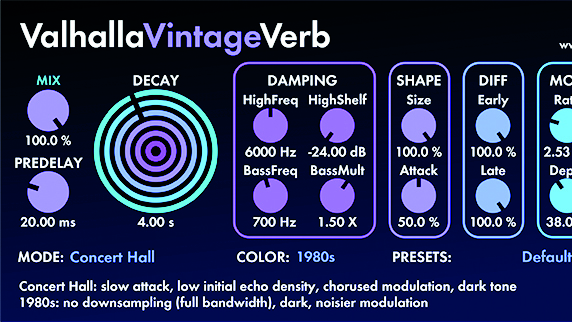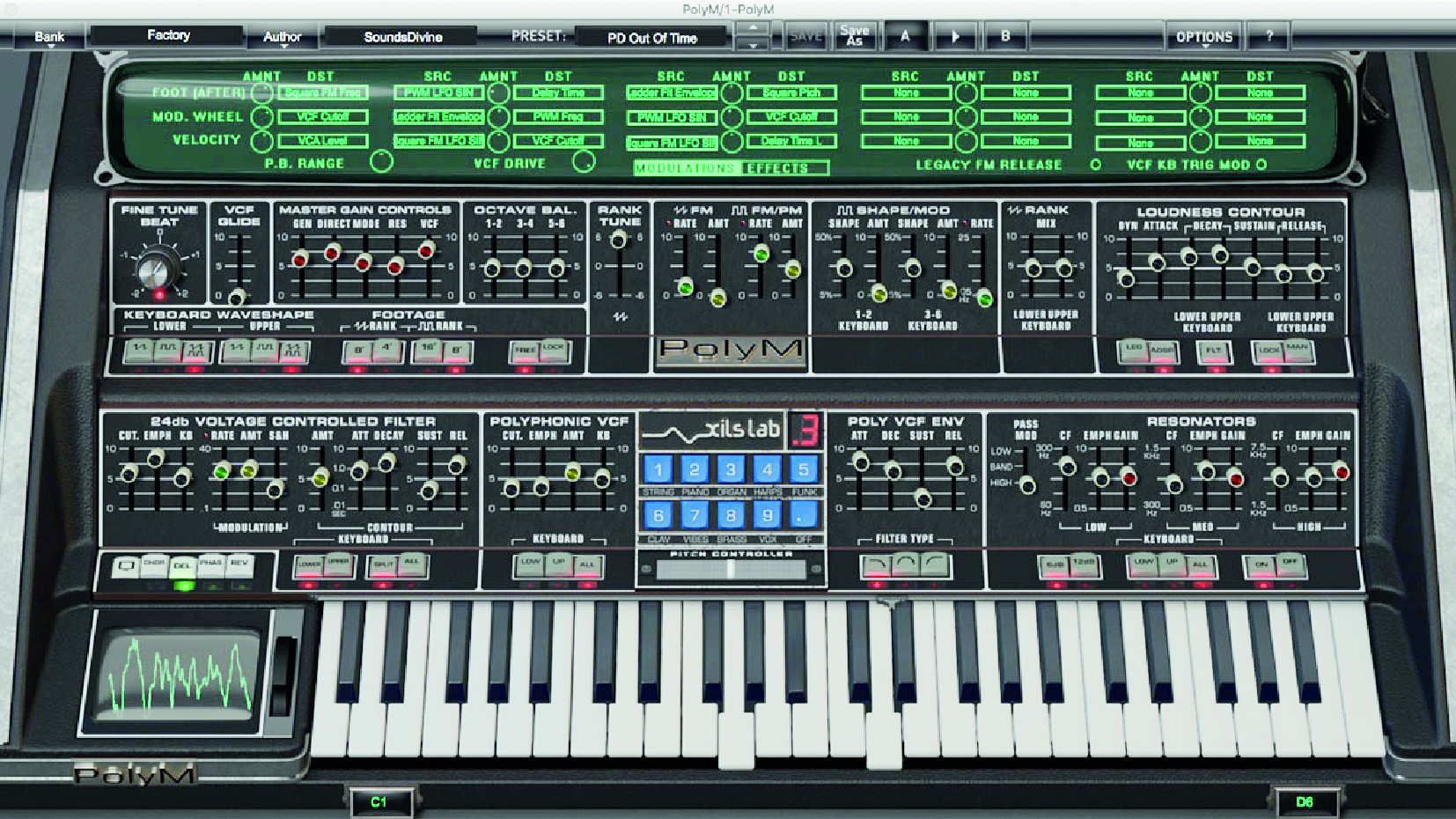Everything you need to know about: ’80s synth-pop
A wild collision of synths, sci-fi and arthouse influences defined the sound of early ’80s pop music

In retrospect, the concept of early ’80s synth-pop was unlikely: punks, analogue synths, sci-fi, art school androgyny and dancefloor politics colliding into a beautiful, messy heap that briefly ruled the charts. No other genre would so perfectly express the idea of being bored with the present and fascinated by the future – other than perhaps early ’80s Detroit electro as it morphed into techno, which shared a similar aesthetic and outlook on the world.
The sound emerged at the tail end of the 1970s. There’s no exact starting point, but Tubeway Army’s 1979 single Are ‘Friends’ Electric? feels like a key moment for the sound. The punk band were in the studio to record a straightforward guitar-focused album when singer Gary Numan chanced on a Minimoog. Immediately falling in love with the sound, he adopted it as his new weapon of choice. Are ‘Friends’ Electric? went to number one in the UK, Numan went solo shortly after, and history was made.
Analogue synths were by no means new technology, of course, but using them in this provocative, catchy way felt distinctly different to the prog rock bands, disco acts and jazz experimentalists who might have been most closely associated with synthesisers beforehand. Synth-pop soon spun off from the surrounding punk and new wave scenes to become a genre in its own right, smashing together the sounds of Kraftwerk, Bowie’s Eno-assisted Berlin experimentalism and even disco to create something poppier and strangely accessible.
Heading forward in time into the early ’80s, the sound established itself as a major element of chart pop via acts including Depeche Mode, Eurythmics, Heaven 17 and OMD. Glamorous, androgynous, sometimes wilfully provocative, synth-pop aligned neatly with increasingly image-conscious music media and wildly hedonistic club scenes. London’s Blitz Club in particular helped define the emerging new romantic look and sound. Blitz Club host Steve Strange had a massive hit with Visage’s Fade To Grey, while equally flamboyant frontmen such as Pete Burns had some huge success with Dead Or Alive’s You Spin Me Round (Like A Record) and another Blitz regular, Boy George, became a pop superstar via Culture Club.
Despite huge crossover success, the writing was on the wall for the initial wave of synth-pop as soon as the first few acts achieved chart hits.
Despite huge crossover success, the writing was on the wall for the initial wave of synth-pop as soon as the first few acts achieved chart hits. Before long, the sound was watered down and packaged for mass consumption, morphing into what would become the dominant sound of ’80s pop: a less edgy, some might say much less interesting take on similar ideas. For all its flamboyance and glamour, synth-pop was also a highly literate genre, spawning chart hits inspired by unlikely sources, with Numan’s two biggest chart hits being inspired by Philip K Dick (Are ‘Friends’ Electric) and JG Ballard’s Crash (Cars, another UK number one later in 1979).
The sound has been reinvented and recontextualised on a number of occasions since: the short-lived electroclash scene of the late ’90s and early 2000s owed it a huge debt, as did La Roux’s eponymous debut album of 2009, and of course there’s a huge crossover with the sounds and influences of the synthwave scene, kicked into life by the soundtrack to the 2011 movie Drive.
In many ways, synth-pop could only ever have been born in early ’80s Britain, as radical new tech met unique social conditions: the zenith of analogue synth technology colliding with grim reality as newly-elected Conservative prime minister Margaret Thatcher began to turn the screw. Then again, if political turmoil and an abundance of analogue synths are the key factors, 2020 feels as good a time as any for a revival.
Want all the hottest music and gear news, reviews, deals, features and more, direct to your inbox? Sign up here.
Three ways to get the synth-pop sound using software

1. ValhallaDSP VintageVerb
The range of production quality across ’80s synth-pop was vast, from DIY home recordings all the way through to slick pro studio sounds. One thing you won’t hear is the glossy sheen of modern reverb plugins, for the simple reason that they didn’t really exist in the early ’80s.
Try a dirtier approach instead, like tape echo, spring reverbs or just a retro algorithm. Digital reverbs of the early ’80s have their own distinctive sound compared to modern alternatives. As a software option inspired by the retro models, we like Valhalla’s VintageVerb, a bargain at just $50.

2. UVI BeatBox Anthology 2
You’ll hear a mixture of live drums, analogue drum hits (often from regular synths instead of drum machines) and sampled hits on synth-pop tracks. A good starting point for a range of retro sounds is BeatBox Anthology 2, which includes nearly 12,000 hits from vintage machines. If you can’t find something suitable in there, you’re in trouble! We’d recommend going off-piste and looking for sounds of lesser-known machines rather than turning to the typical 808, 909 and LinnDrum hits you might find in other genres.

3. XILS-Lab PolyM
Synth-pop tracks often relied on relatively simple synth sounds rather than really pushing the envelope of synthesis. The obvious choice would be something like a Minimoog plugin, but we’ll go leftfield because… well, synth-pop is a chance to get weird, right? Gary Numan liked the less common Polymoog, originally released in 1975 but never really living up to the promise of its Mini sibling. It’s got its own sound thanks to the divide-down architecture used to achieve unlimited polyphony (you could, if so desired, play all 71 keys at the same time, unlike the typical four-voice, six-voice and eight-voice polysynths of the era). XILS-Lab’s PolyM plugin fits the bill pretty nicely as a software option.


Future Music is the number one magazine for today's producers. Packed with technique and technology we'll help you make great new music. All-access artist interviews, in-depth gear reviews, essential production tutorials and much more. Every marvellous monthly edition features reliable reviews of the latest and greatest hardware and software technology and techniques, unparalleled advice, in-depth interviews, sensational free samples and so much more to improve the experience and outcome of your music-making.
